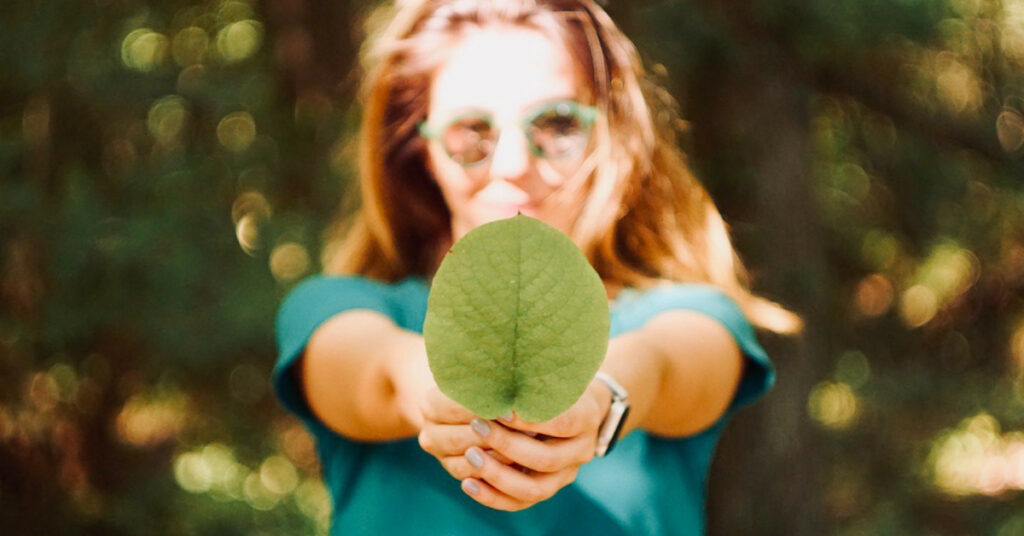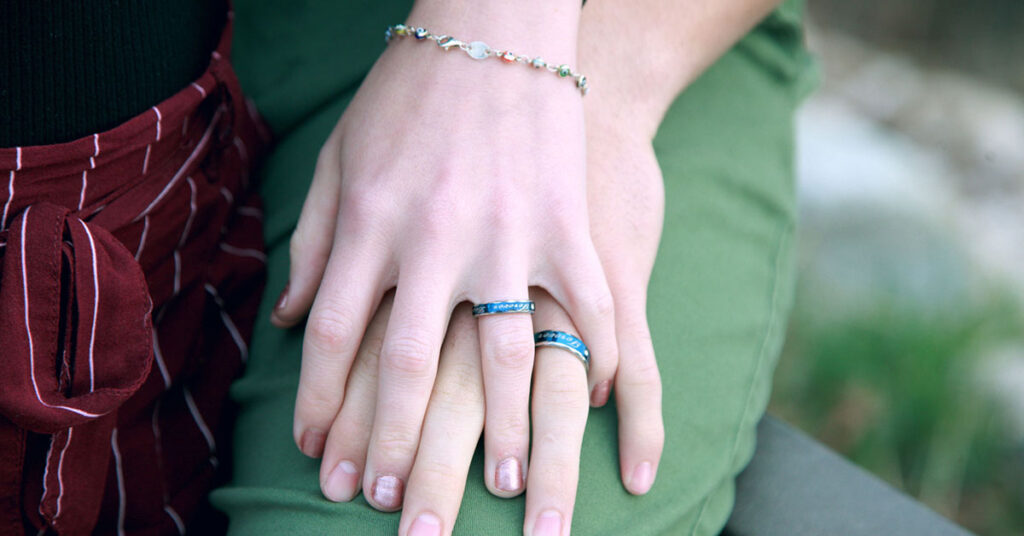Dear Lodge Lovers,
Trout fishing is an exciting and relaxing activity. It is a physical exercise with many benefits. It’s not just about sitting down on a deck or in a boat while waiting for some form of movement from your bobber. It involves a lot of physical and mental effort. You need good arm muscles to cast a fishing line and need to know the right moment to reel in your catch. It’s a great activity for quality bonding time with family and friends. It’s a stress reliever being outdoors. You forget about your busy lifestyle and focus on the beauty around you. Trout fishing is a fantastic hobby for all ages. Anyone can do it. It may seem daunting and hard most especially for those who have never cast and reeled in a fish. But the truth is, it’s the easiest thing especially in our very own lake. Spring-fed Blue Lakes is not only home to trout, but also for bass, bluegill, crappie, and catfish.
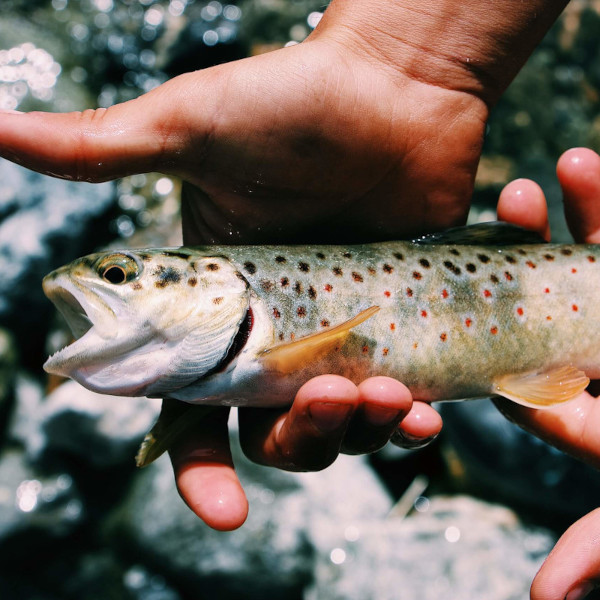
I remember the first time I went fishing. I was seven then when my Uncle Franz took me to Lake Luzern in Switzerland. I was more nervous than excited as I’ve never done it before. Suffice to say, I made my first big catch. It was memorable thanks to my Uncle who prepared extensively for the trip.
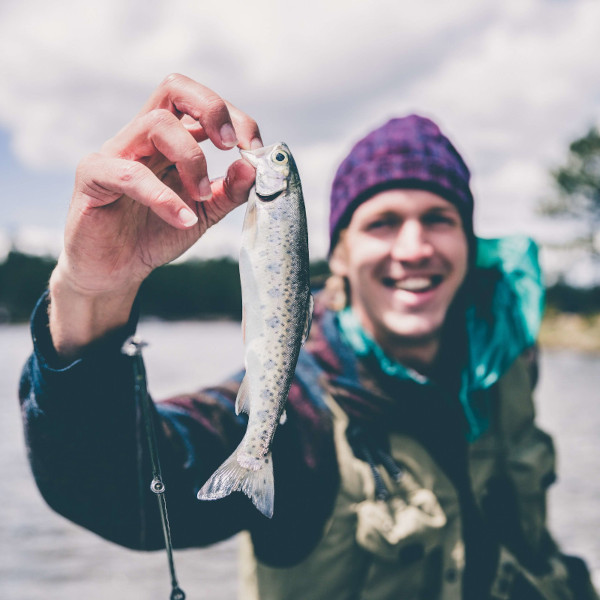
To level up your own angling adventure, let me share with you my knowledge and experience. This is also my way of giving back to anglers of Lake County, CA who continue to patronize The Lodge at Blue Lakes. I’ll discuss specifically on trout fishing tips and setups since trout are our most abundant fish in our waters.
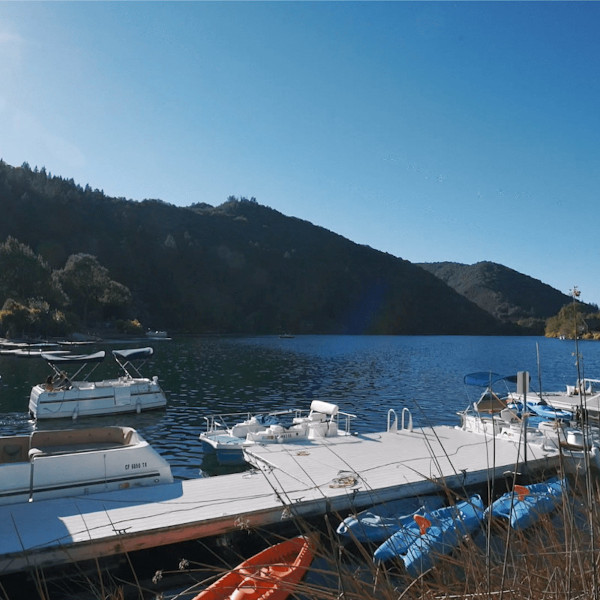
Trout fishing tips, tricks & techniques
1. Know where to fish
Trout are always on the move in the water looking for food but won’t get too far away from the cover that protects them from predators. Thus, some likely places to look for trout are 1. near or above aquatic vegetation; 2. around logs, stumps, rocks or other areas bringing cool, fresh water and likely supply of food; and 3. deeper waters, especially in the warmer months.
2. Know when to fish
During spring and fall when the water is cooler, trout are more active and lakes are usually stocked. Meanwhile, during summer, trout like to stay in the cooler and deeper areas of the lake. Fishing for trout can also be good during winter, that is if you’re tough enough to brave the cold and wet weather.
3. Watch your rod
When your rod turns into a bow shape, it is a sure bet that a trout caught your line. If it tries to go under your boat or go-float, don’t let it get tangled; bring the rod around the bow of your boat to reel and pull in a different angle because when your line would be caught on the underside of the boat, you’ll surely lose that trout.
4. Cast properly
Practice casting no less than 3 feet from the area where the trout are. It will allow the line to drag backward towards you depending on where you’ve decided to cast from.
5. Suspend bait
Attach sinkers just above the hook to help the bait sink. Then, add a bobber 2 to 3 feet above the hook. Lastly, cast out to a likely spot and wait for the bobber to wiggle or jerk. This is a good technique when a trout is near the surface or when you want to keep your bait and hook suspended above.
6. Fish deeper
When trout are in deeper water, your bait also needs to be down deep. Thus, instead of attaching a bobber, attach a sinker 1 ½ feet above the hook. This way, the bait will just hover 1 ½ foot above the bottom of the lake.
7. Prepare to fail (at first)
Even I, with considerable water experience, still fail at catching trout simply because luck isn’t on their side. Like everything, there will be several grueling attempts before the desired results are achieved.
8. Have fun
Instead of obsessing yourself too much on catching that trout because you still haven’t caught one, spend the rest of your day with friends or family; there are still other activities out there that you can enjoy with.
9. Be patient
Trout tend to stay in the same area, thus if you catch a lake trout in a certain spot then there are likely to be more nearby. Just stay in that spot where you’ve caught one and you’ll most likely catch another.
10. Use the right baits and lures
This is one of the most common questions of anglers, which is better – bait or lure? There’s actually no one-size-fits-all answer. They have their own pros and cons, and each can dominate under certain factors. I’ll talk more about each later.
11. Invest on fish or depth finders
Mapping the waters and swim patterns of trout would make your life easier. This makes you well-informed of your surroundings. Know the differences between the two.
12. Know your equipment
Fishing tackle is the equipment used by anglers when fishing. In fact, any equipment or gear used for fishing can be called tackle. So to be equipped with the best trout fishing setup, prepare your tackle box that should contain these few items:
Trout fishing tackle setup
1. Rod and reel
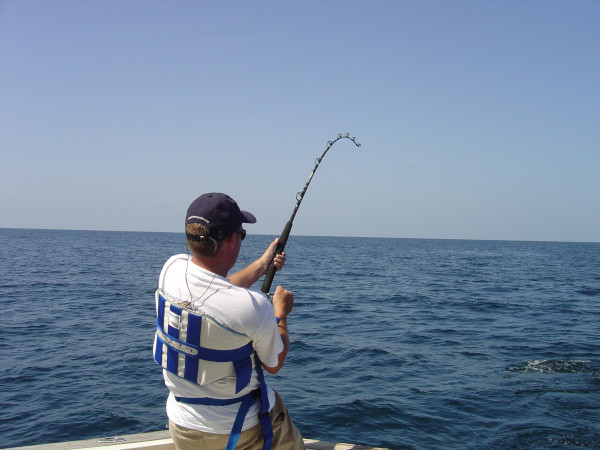
Rod is a long, flexible rod usually made from bamboo or carbon fibre and reel is the cylindrical device attached to it for winding and stowing line.
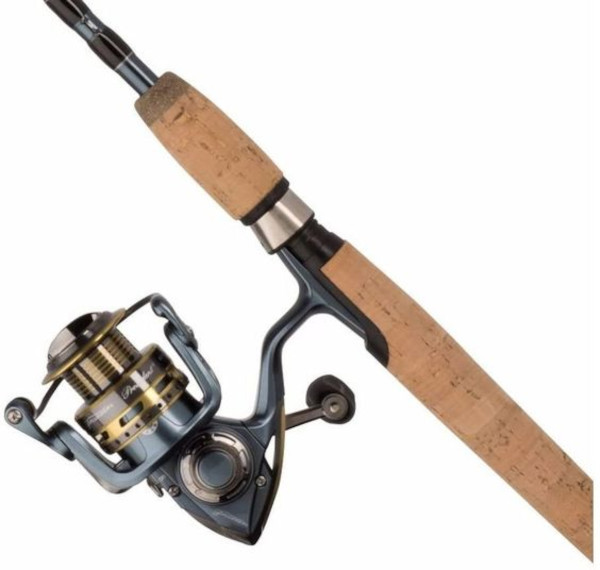
2. Lines & hook
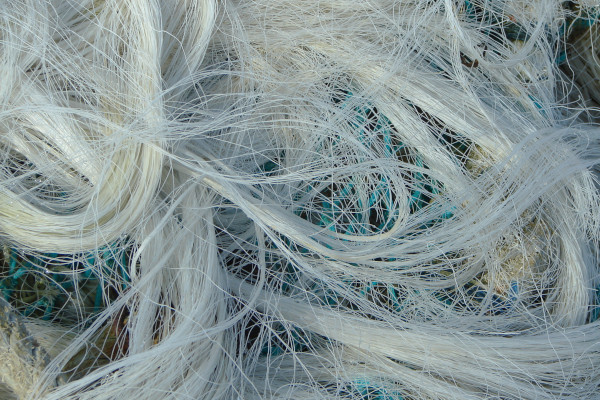
Attached to the rod is the fishing line, a cord usually made of nylon that ends with a hook.
3. Sinkers & Bobbers
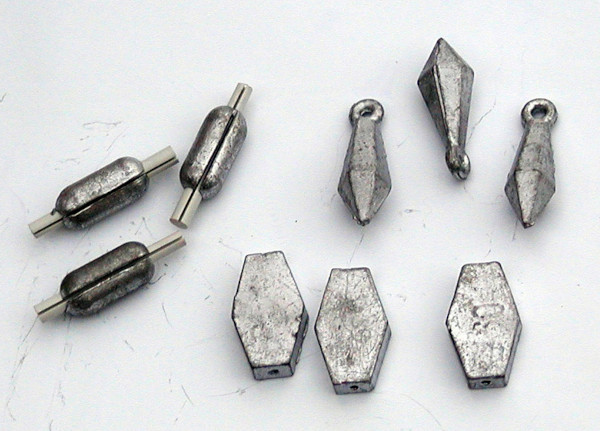
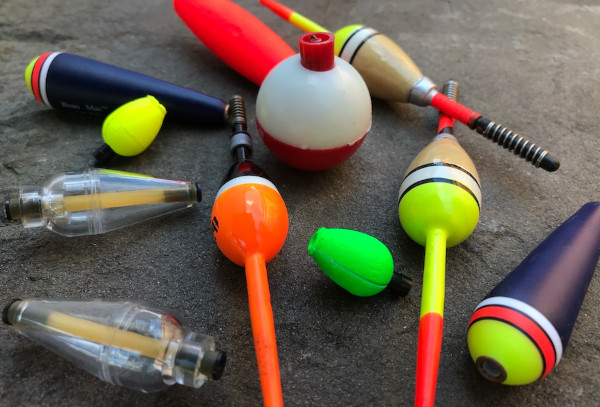
4. Pliers, clippers, sunscreen, & first aid kit
Pliers are needed for taking the hooks out of the fish after you catch them.
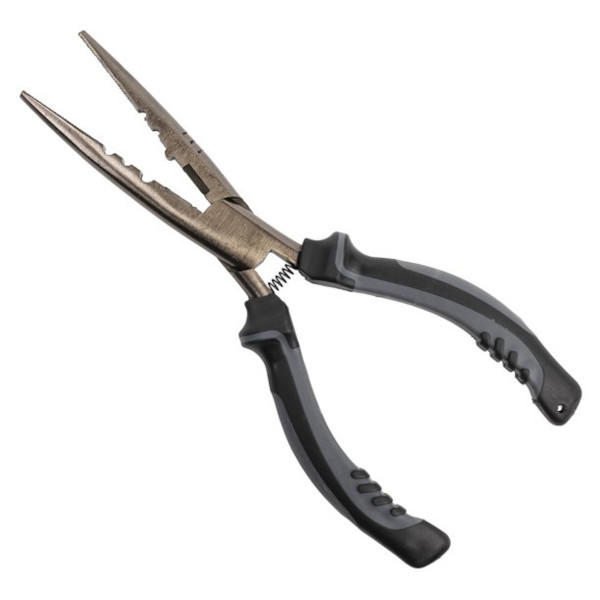
When you get a snag that you can’t get out of and your only option is to cut the line, nail clippers will get the job done.
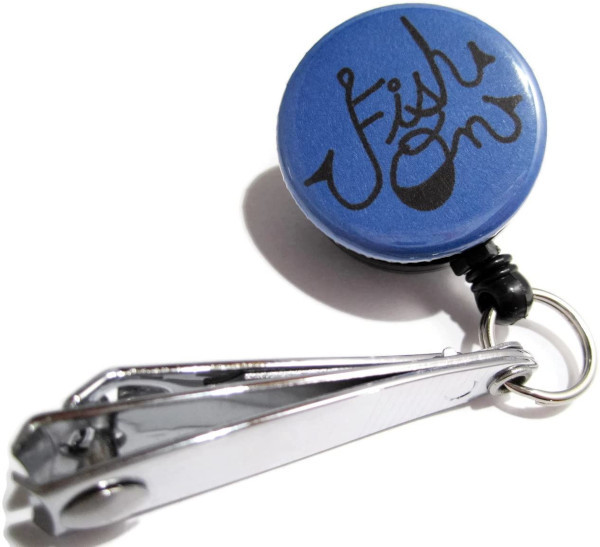
You’ll be out in the sun all day, so slather some sunscreen in order to keep your face from looking like an old catcher’s mitt.
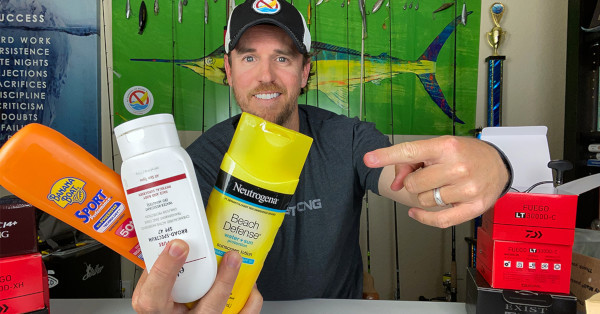
We won’t be expecting any major medical emergencies but small injuries are likely to happen, so throw in some band-aids, few small bandages, and some waterproof medical tape on your first aid kit.
5. Baits
Usually, when it comes to using bait for trout, nothing beats good old fashioned nightcrawlers. If it won’t work, other natural bait options include crickets, grubs, and minnows.
You can also consider finding a local bait shop where it is the best place to buy bait and get reliable advice on what baits to use. Another good option is to consult with an experienced local fisherman or fishing guide. Below are my bait suggestions for trout fishing:
Salmon Eggs. Trout raid spawning beds of other fish constantly to feed on their eggs. So thread a few onto your hook and they will treat it as a buffet.
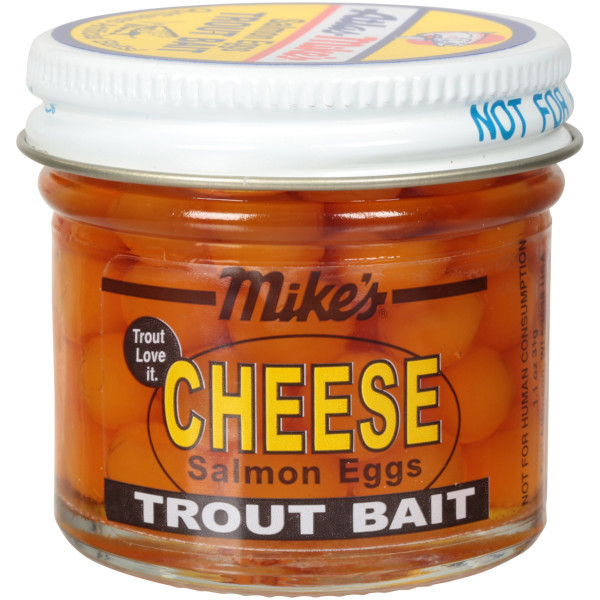
Critters. Earthworms, leeches, small crayfish, and grasshoppers end up falling into the waters, thus trout are used to seeing them as easy snacks.
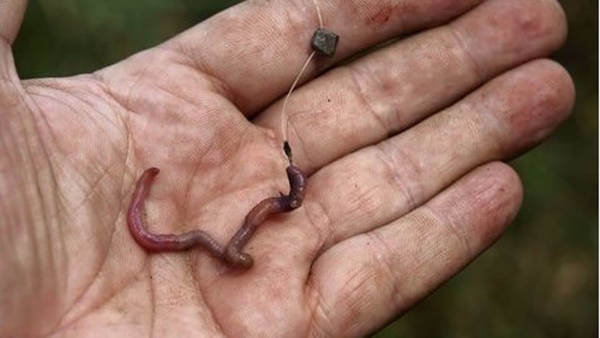
Marshmallow. Scented marshmallows work especially when loaded with a strong fish attractant like garlic.
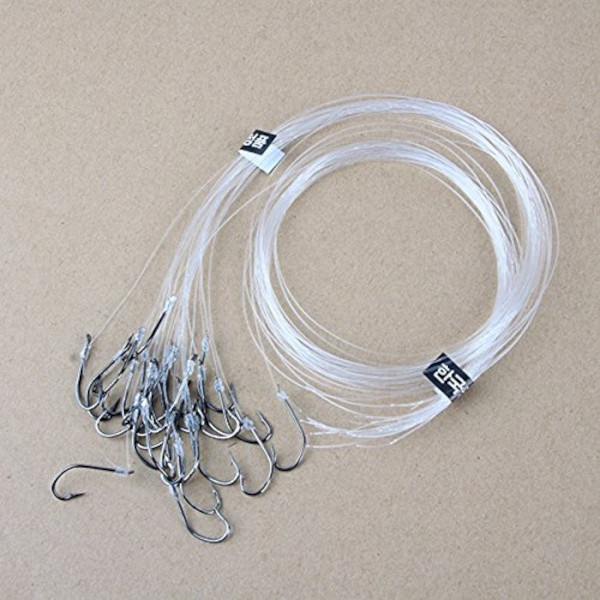
Used in conjunction is the sinker or weights, to force the lure or bait to sink more rapidly or to increase the distance that it may be cast. Bobbers or floaters will help you know when you’re getting a bite from the trout. It will sink and as soon as that happens, you know you’re ready to reel your catch in.
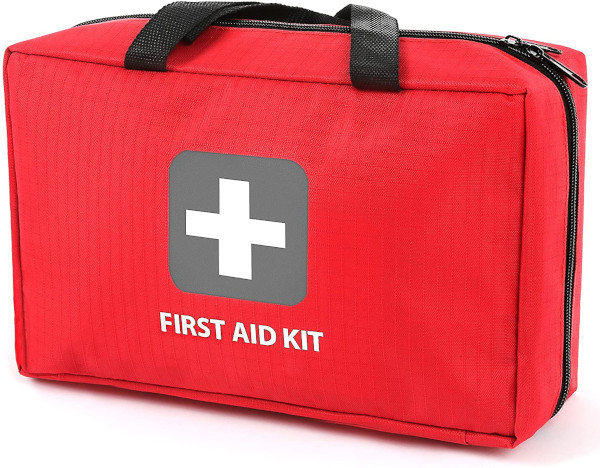
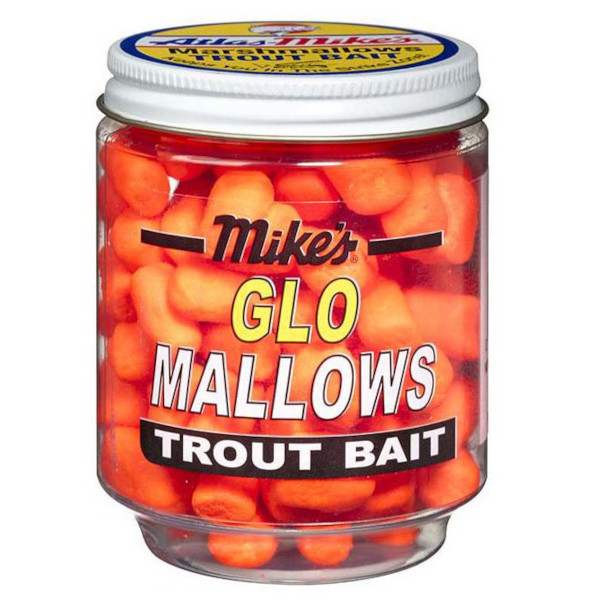
6. Lures
Lures can be reused over and over again to catch multiple fish. It can come in a wide array of styles and variations and will vary based on a number of factors. Lures are designed to 1. imitate smaller fish, insects, larvae and other creatures that trout eat; and/or 2. attract fish with color, movement and/or reflective elements. Here are several common types of fishing lures:
Tube. Tubes imitate zooplankton that trout can easily snack on. Even though they don’t look much like anything swimming in the water, they still get a bit a lot.
Worm imitators. Live worms get bit by just about every fish and this is one of the most simple lure techniques. It is usually a soft plastic worm with bright colors.
Crankbait. Cranks are the best when it comes to imitating bait fish. This style of lure is available in a vast array of sizes and colors.
Jigs. Jigs is a specialized type of fishing lure designed for “jigging.” It consists of a lead sinker with a hook molded into it and usually covered by a soft body to attract fish.
Buzzbait. Buzzbait is designed to churn through the water like an egg beater which creates vibrations as it’s pulled through the water. This attracts fish that may be unable to initially see the lure.
Spinnerbait. Spinners have one or more oval-shaped spinner blades, which are usually made of thin metal. This oval-shaped blade spins like a propeller as the lure is pulled through the water, attracting fish with movement.
Spoons. Spoon lure is one of the oldest types of fishing lures, but can still be a very reliable choice. A typical spoon lure consists of an oblong piece of metal, which has a colorful pattern applied to one side and a reflective metallic surface on the other side, with a treble hook at one end and a grommet or loop at the other.
To know where to buy fishing equipment and bait nearby, visit our fishing FAQs for information.
Different trout species
To make it simple, I used the term “trout” but there are actually hundreds of kinds of trout that can be found within the waters of Lake County. Some of the most common are the following:
Brook trout
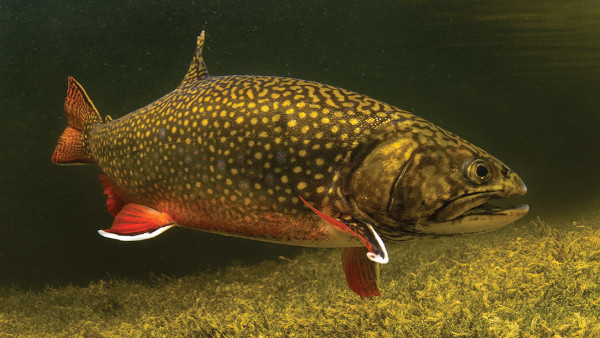
The brook trout has a dark green to brown color, with a distinctive marbled pattern of lighter shades across the flanks and back and extending at least to the dorsal fin, and often to the tail. A distinctive sprinkling of red dots, surrounded by blue halos, occurs along the flanks. The belly and lower fins are reddish in color, the latter with white leading edges.
Cutthroat trout
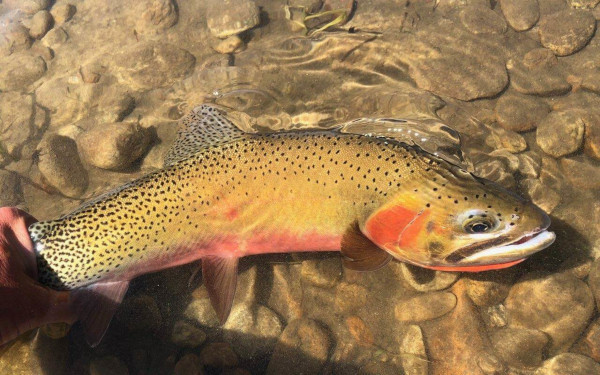
A cutthroat trout vary widely in size, coloration and habitat selection. Their coloration can range from golden to gray to green on the back. Depending on subspecies, strain, and habitat, most have distinctive red, pink, or orange linear marks along the underside of their mandibles in the lower folds of the gill plates.
Bull trout
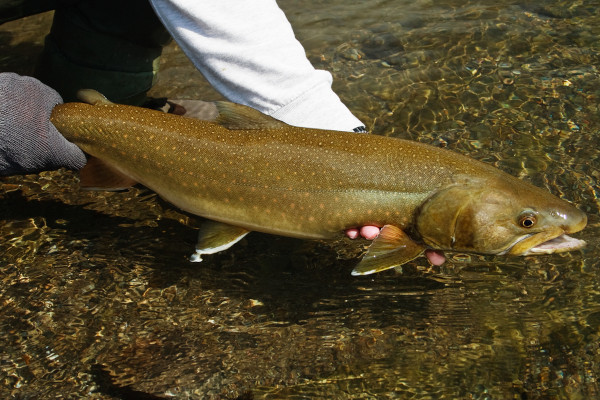
A bull trout have white leading edges. Its head and mouth are unusually large for salmonids, giving it its name. Bull trout may be either migratory, moving throughout large river systems, lakes, and the ocean, or they may be resident, remaining in the same stream their entire lives.
Golden trout
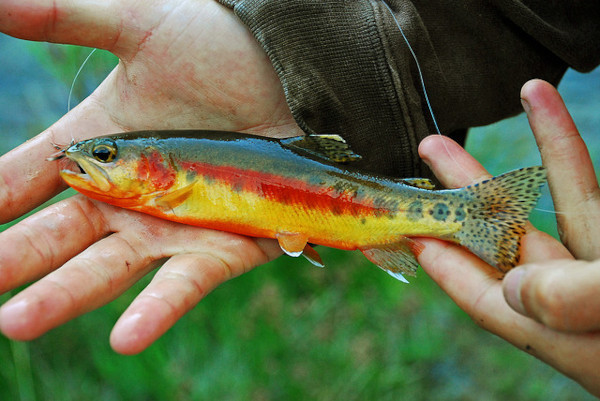
The golden trout has golden flanks with red, horizontal bands along the lateral lines on each side and dark, vertical, oval marks on each side. Dorsal, lateral and anal fins have white leading edges.
Rainbow trout
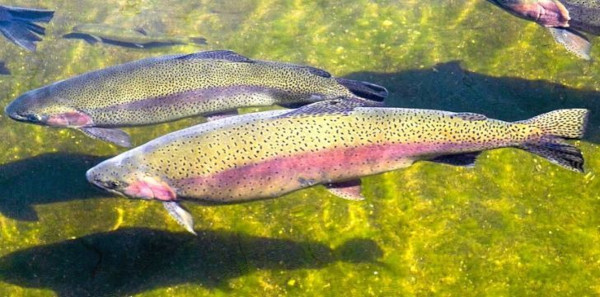
A rainbow trout varies its coloration widely between regions and subspecies. The ones in freshwater are generally blue-green or olive green with heavy black spotting over the length of the body while the ones in lakes are usually more silvery in color with the reddish stripe almost completely gone.
Lake trout
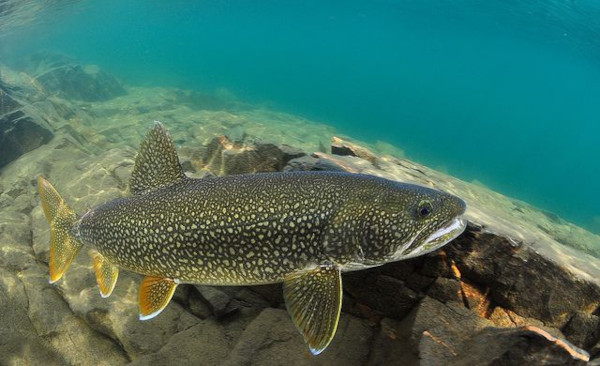
The lake trout is a slow-growing fish, typical of oligotrophic waters. There are three subspecies of lake trout. There is the common lake trout, the siscowet lake trout, and the less common rush lake trout. Their diet varies based on the length, weight, and age of the fish, but includes small crustaceans, snails, leeches, insect larvae, and other small fish. Due to popularity among anglers lake trout populations can be decimated and they need to be supported by stocking programs.
Trout fishing records
To keep you motivated and have that eye on the prize, let me share to you the most outstanding records of trout fishing from International Game Fish Association (IGFA).
- Brook trout caught by Dr. W. Cook in the Nipigon River. Canada on July 1, 1916 that weighed 6.57 kg (14 lbs. 8 oz.)
- Cutthroat trout caught by John Skimmerhorn in Pyramid Lake located in Nevada. USA on December 1, 1925 that weighed 18.59 kg (41 lbs. 0 oz.)
- Bull trout caught by N. Higgins in Lake Pend Oreille located in Idaho. USA on October 27, 1949 that weighed 14.51 kg (32 lbs. 0 oz.)
- Golden trout caught by Chas Reed in Cooks Lake located in Wyoming. USA on August 5, 1948 that weighed 4.98 kg (11 lbs. 0 oz.)
- Rainbow trout caught by Sean Konrad in Lake Diefenbaker. Canada on September 5, 2009 that weighed 21.77 kg (48 lbs. 0 oz.)
- Lake trout caught by Llyod Bull in Great Bear Lake. Canada on August 19, 1995 that weighed 32.65 kg (72 lbs. 0 oz.)
That’s it for now, if you need more tips for your first trout fishing adventure, get in touch! For more information, visit our fishing FAQs.
Sincerely,


